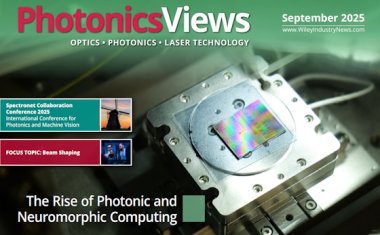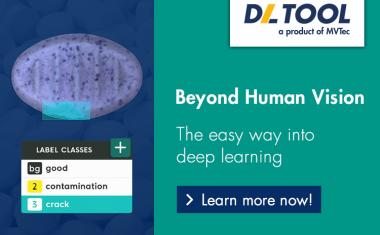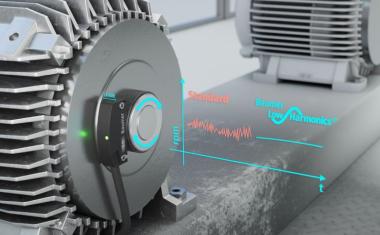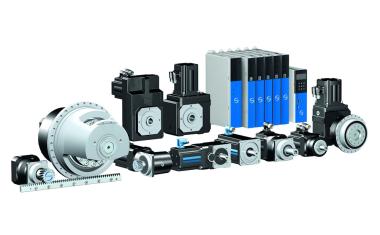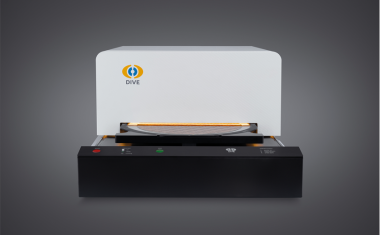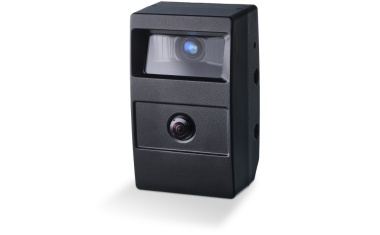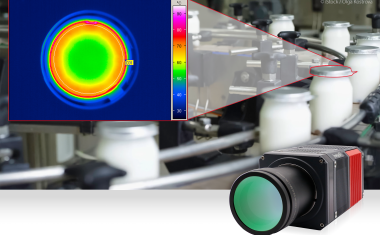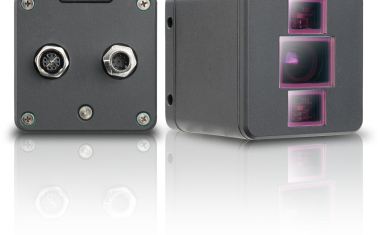Cobots as a central building block for the future of industry
What do cobot-to-cobot interactions mean, how do they work and what are the advantages?
Cobots play a central role in automation. Originally developed to work with humans, their use is increasingly shifting to cobot-to-cobot interaction. This describes the direct collaboration and communication of cobots with each other or with other machines, which forms the basis for fully automated production environments.
Cobot-to-cobot interaction means that multiple cobots or robots work together without human intervention to complete production tasks. In practice, different robots perform different tasks: one cobot can assemble components while another performs quality control and an autonomous vehicle (AGV) transports materials. This form of interaction is central to fully automated production lines, where machines not only work in parallel but also dynamically coordinate their tasks with each other.
How does cobot-to-cobot interaction work?
The technical basis for cobot-to-cobot interaction is the ability of cobots to communicate with each other via standardized communication protocols and industrial networks. Modern technologies such as the IIoT and 5G networks, which enable real-time information exchange, are an essential element here. These fast data connections enable cobots to efficiently coordinate their actions and optimize their collaboration.
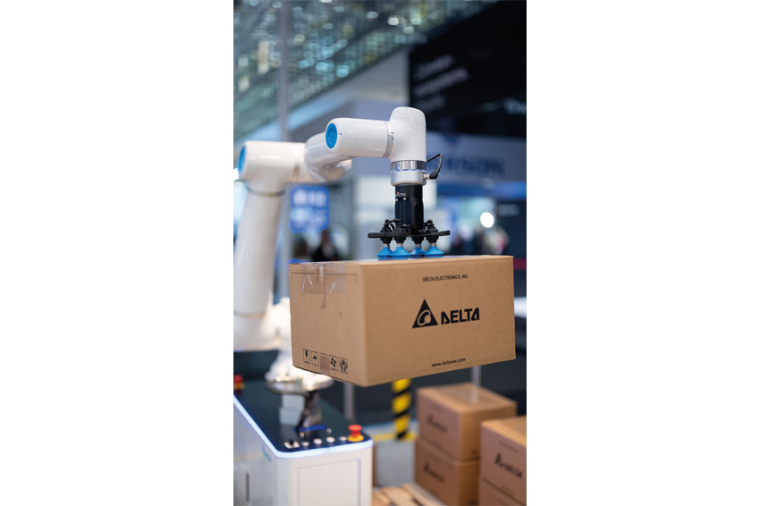
In addition, digital twins play an important role. These are virtual representations of the physical production environment that allow interactions between cobots to be simulated and improved. With the help of these simulations, companies can test and optimize their processes before they are put into practice. Another key technology is AI-supported control of cobots. Using artificial intelligence, cobots can perform complex tasks autonomously, react to changes in the production environment and adapt their tasks accordingly. Vision systems support the cobots by monitoring their environment with the help of cameras and sensors, enabling precise operation and avoiding collisions.
What is the purpose of cobot-to-cobot interaction?
Interaction between cobots offers numerous advantages for industrial automation. Through the ability of cobots to autonomously coordinate tasks and dynamically respond to production demands, full automation can be achieved. This leads to increased efficiency, as human intervention is largely unnecessary and production lines can operate around the clock. In the future, cobots could flexibly distribute tasks among themselves, independently eliminate potential bottlenecks and thus ensure a smooth workflow.
In addition, cobot-to-cobot interaction is characterized by its high degree of flexibility. Cobots can be quickly reprogrammed to meet new production requirements, which is particularly advantageous in dynamic industries. Digital twins support this process by enabling production changes to be simulated in advance. Another advantage lies in the cost and time efficiency, as the automation of routine tasks reduces the need for human labor. Cobots are able to handle both small and large production volumes efficiently, resulting in increased productivity.
Cobot interaction also brings safety benefits. Cobots can take over dangerous or tiring tasks, significantly reducing the risk of accidents in production. With integrated sensors, cobots are able to continuously monitor their environment and avoid collisions.
Examples of cobot-to-cobot interaction
Cobot-to-cobot interaction is already used in many industries. In the automotive industry, for example, cobots assemble components, check them for quality and transfer them to other machines. At the same time, autonomous guided vehicles (AGVs) ensure that the parts are reliably and automatically transported to the next production steps. Companies are also increasingly relying on cobots in logistics. Here, they take over the picking of goods, while AGVs accelerate logistics processes and take over transportation. In electronics production, cobots work precisely and safely, assembling sensitive components and automating production lines, resulting in consistently high product quality.
Challenges and technological requirements
Although the advantages of cobot-to-cobot interaction are clear, there are also some challenges to overcome: cobots and other machines must be able to communicate with each other via standardized interfaces and protocols. Without a unified communication basis, efficient workflows cannot be created. In addition, safety standards must also be further developed to prevent collisions when robots work together. Finally, AI algorithms are needed that react to changes in the production environment in real time and make cobot interaction efficient.
Cobot-to-robot: the next level of automation
In addition to cobot-to-cobot interaction, collaboration between cobots and other robot types, i.e. cobot-to-robot interaction, is becoming increasingly important. Cobots are increasingly autonomous and communicate directly with other machines, such as Scara robots, autonomous mobile robots (AMRs) or humanoid robots. These machine types work seamlessly together to optimize production processes even further. In smart manufacturing, this form of interaction will form the basis for the fully automated production of the future.
The future of cobot-to-cobot interaction
Cobot-to-cobot interaction is a key technology that paves the way to fully automated industry. With constant progress in areas such as artificial intelligence, digital twins and modern communication protocols, it will be possible to design production lines in which machines work autonomously around the clock – without human intervention. Cobots will respond flexibly to production changes, dynamically allocate tasks and autonomously overcome bottlenecks.
In the long term, cobot-to-cobot interaction will enable fully autonomous factories where productivity and adaptability are the top priorities. This development is particularly attractive for industries that depend on efficiency and flexibility. At the same time, it will significantly improve occupational safety, as dangerous or monotonous tasks are completely taken over by machines. Cobots are thus a central building block for the future of industry and are crucial to driving digital transformation forward.
Author
Michael Mayer-Rosa
Senior Director, Industrial Automation Business Group und Head of IRS


